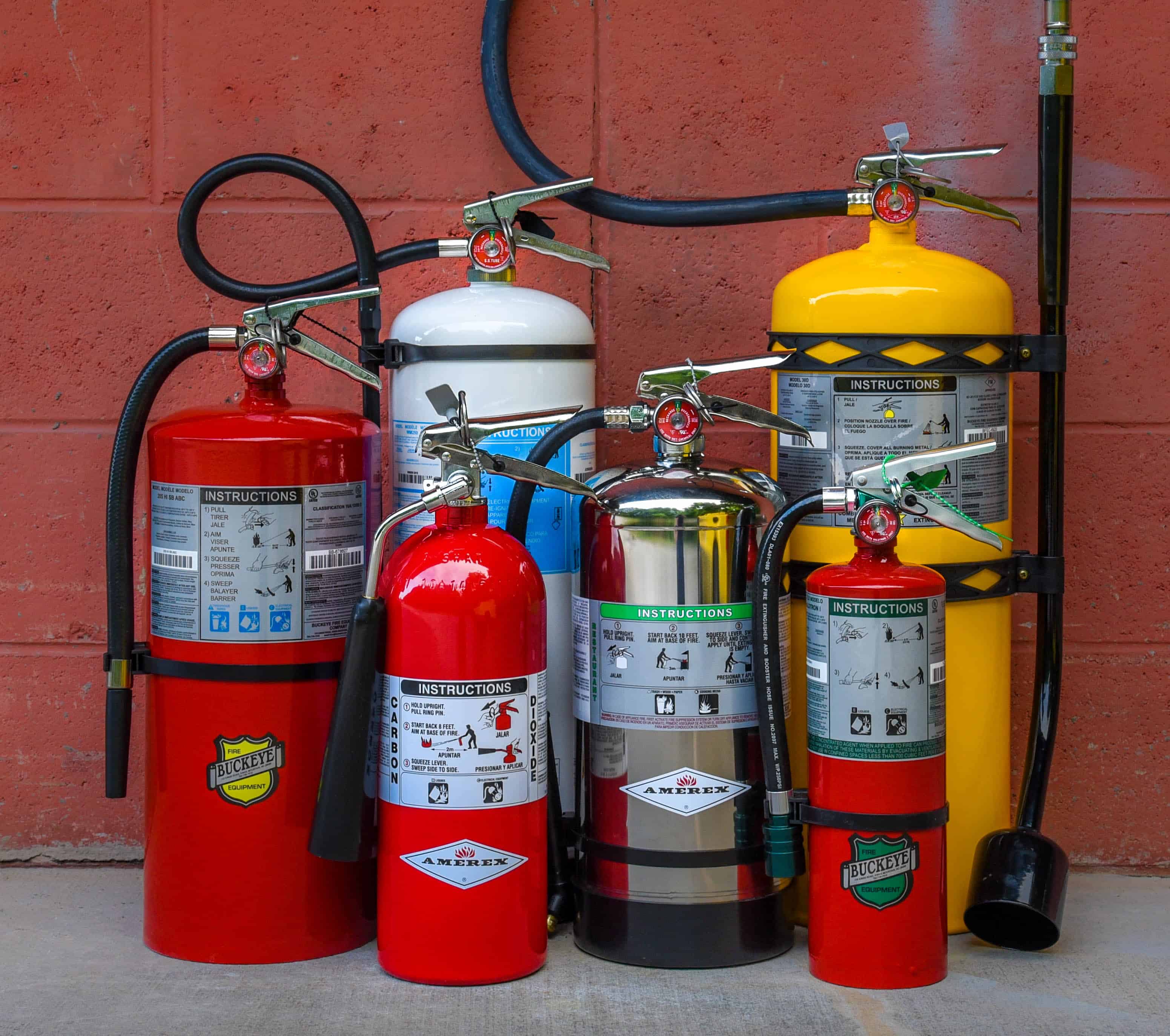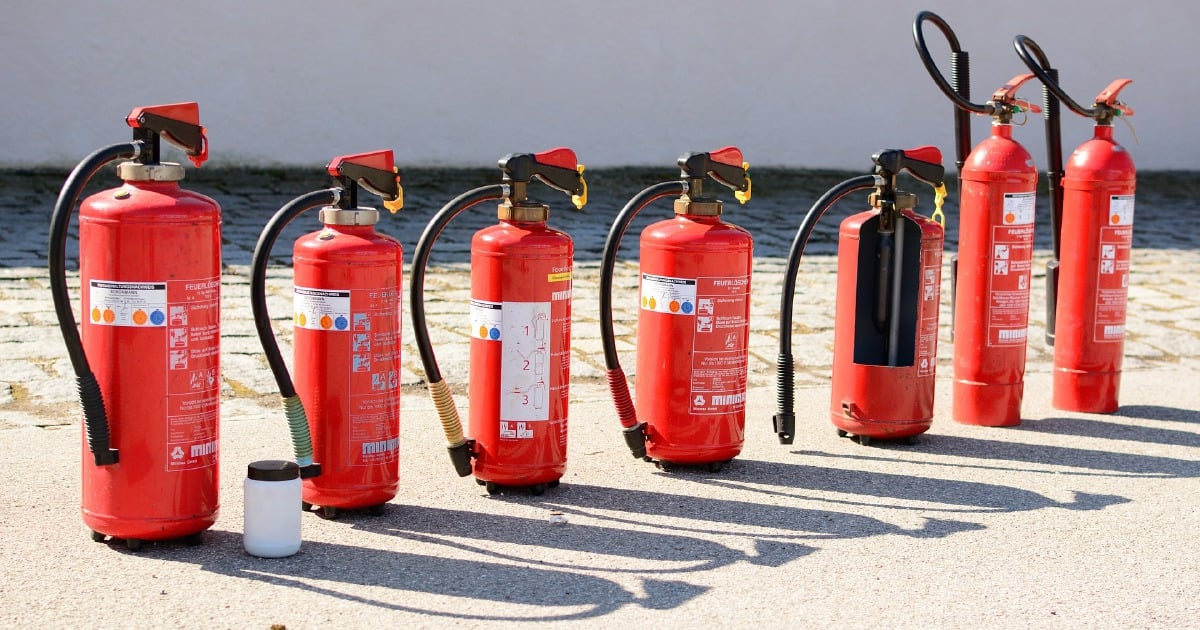Online shops like SCAonline by SCA Malaysia offer you fire safety systems that you can install in your own establishment as part of your essential safety measures. Whether it isn’t available or not, a fire extinguisher is an equipment that you must have besides an alarm and smoke detector.
Assuming that the fire can be controlled, an extinguisher can work wonders. Pick the right type based on your research, be familiar with its use, and spray away if the real deal happens and it is up to you to save the day. Not every type is suitable for every fire class, so don’t make the mistake of buying the wrong extinguisher.
Water
Water is probably the element that you’d probably expect when you first hear about fire extinguishers as a kid. It is the classic fire extinguisher that is pretty straightforward in its function: utilizing a high pressure of water to snuff out the flames. Water has a cooling effect on the fuel’s burning surface and reduces pyrolysis rates in fires.
Water is only suitable for Class A fires, which are on solid materials like your typical wood, plastics, coals, textiles and paper. Any other classes and you will have to put your water extinguisher on hold and use another suitable type.
Foam
Foam extinguishers use water based foaming agents to do the job with the addition of its flame knockdown and blanketing properties. This smothers the flame and seals vapours so no reignition can occur. Foam extinguishers are meant to be used against class A and B fires, the latter being flammable liquids like petrol, diesel or oil.
Class A is simple to deal with. Just point and spray. Class B, on the other hand, needs to be engaged from a distance by spraying out and letting the foams build up and smother the flames there. The reason why you will not want to directly spray into the substances is because you are only pushing and spreading the fires.
Carbon dioxide

Carbon dioxide, or CO2, extinguishers, displaces oxygen in the air to extinguish but leaves no substance unlike the others. Though it is effective, you must quickly remove the source of the flame otherwise the fire will start again once the gas is no longer around.
Suitable for Class B and electrical fires, CO2 extinguishers are the type that you would have in your own office or workshop where electrical fires are prominent fire hazards.
Wet chemical
If you are dealing with fires that are of extremely high temperatures, a wet chemical extinguisher will be your best friend. It works by cooling down burning oil and produces this soap-like solution that prevents any reignitions by sealing the surface. This extinguisher’s chemical also won’t make any hot oils and fats splash onto you or spread around the area.
Wet chemical extinguishers are only suitable for class A and F fires, the second which are cooking oils and fats like sunflower oil, olive oil or butter. It is not recommended to extinguish class B fires with this type unless you are crazy enough to test some theory that it is otherwise in an open field or so.

